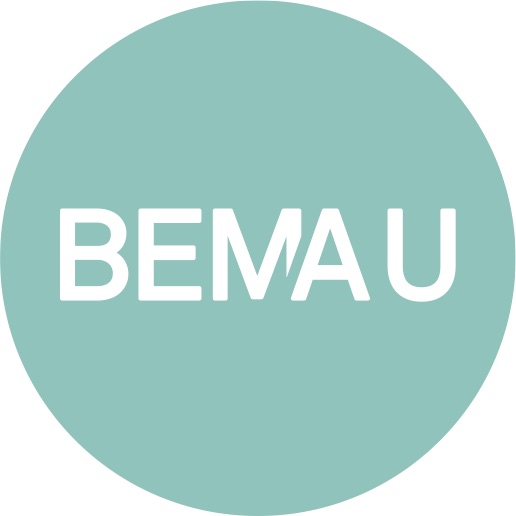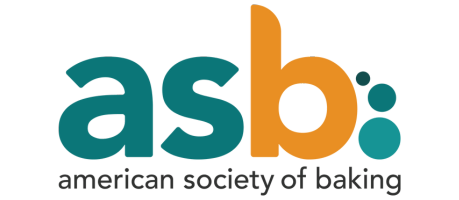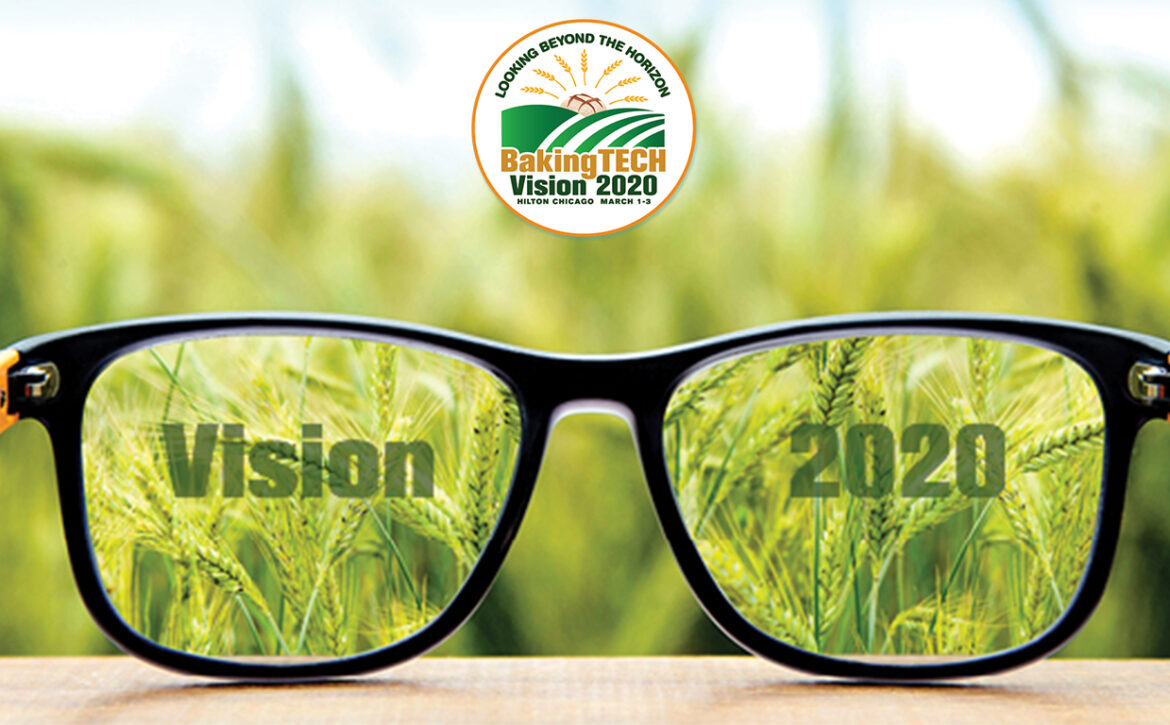Bridging the Gap Between Administration and Manufacturing in the Baking Industry
All too often a “left hand not knowing what the right hand is doing” scenario takes place between the administrative and the manufacturing sides of a business in the Baking industry. Questions may arise from both sides concerning decisions made by the other side that may not have an obvious reason. This can cause a loss in output, misunderstandings, and an overall decrease in company morale. The obvious solution, good communication between both sides, can be the hardest to implement.
With the advent of the internet along with cloud and edge computing, we can now create an interface between administration and manufacturing in the Baking industry. Through data-driven analytics and real-time metrics, both sides can have a hand on the pulse of the business by leveraging easy-to-use, and, yet, comprehensive web-based applications.
Learning Objectives
- What benefits can be derived from accessing manufacturing and administrative data from one source?
- How can bakeries leverage IoT applications to decrease downtime and eliminate waste?
- What mix of cloud and edge computing is right for your business?
Presenter
Josh Lamkins, Shick Esteve
Communicating for Results: Ingredients to Connect & Collaborate
From the traditional face-to-face conversations and paper memos to video conferencing and Twitter feeds, we may not think sharing information could be difficult in today’s age. However, misunderstandings and breakdowns occur with every kind of medium we use to communicate. Today’s technological advances (or some would say…“advances?!”) enable us to communicate with a wider range of people, across previously divided boundaries and borders. However, all of these newly connected recipients have different filters and lenses that shape their interpretation.
How do we avoid breakdowns, enhance workplace collaboration, and create a culture by design?
Learning Objectives:
- A toolkit of active listening tactics to enable improved relationships with team members
- How to fortify trust and collaboration in ways that align organizational goals so they can deliver results
- Awareness of different communication styles, leading to effective communication across organization levels
- A personal action plan to improve your communication skills to increase team transparency and performance
- How to identify gaps and possible breakdowns in team communication, and to ensure team members feel listened to and understood
This workshop will provide communication skills needed to stay connected where knowledge-sharing, teaming, and continuous improvement become more vital to modern workplace success.
Presenter
Chason Hecht, Retensa Retention
This presentation is brought to you by:

How to Incorporate Wellness into Product Branding/Marketing
Since the 1990s we have seen consumer definitions of Health and Wellness shift from a reactive paradigm to a proactive wellness culture where ideas about what Health and Wellness is and how to achieve it have broadened to encompass nearly all aspects of consumers’ lives.
Healthy eating remains the center of most consumer philosophies of Health and Wellness. More consumers are experimenting with their diet, and free-from, low-carbohydrate and Paleo diets are on the rise. As they make dietary changes, mid-level consumers start by trading up to “better-for-you” versions of their favorite products, such as replacing soda with sparkling water and white bread with whole wheat. In the realm of “good” and “bad” carbs, sugar has become the worst carb. In the past six years, there’s been a 66% increase in the number of consumers who think carbs (including sugar) cause weight gain, according to figures from the International Food Information Council (IFIC).
Companies in the baking industry have the challenge of keeping up with America’s constant changing attitudes about wellness and food. For those who can though, there is a big upside. Trends in Health and Wellness along with increasing consumer purchasing power are two big factors driving growth for the Bakery and Cereals sector. Global Health and Wellness market for Bakery and Cereals accounted for US$54.9 billion in sales in 2017 and is projected to grow at a CAGR of 5.1% during 2017-2022.
Several companies have successfully responded to these changes by delivering differentiated products with ‘better carbs’ and have created unique brands that appeal to consumer need for authenticity.
This session will explore and share a road map that will enable companies in the Bakery sector to capitalize on the wellness trends. It will review opportunities and challenges within the top categories and will tie it all together at the end with clear strategies and ideas that participants can apply to their business plans.
Learning Objectives
- Understand the most impactful Health and Wellness trends that will continue to influence the Bakery sector.
- Obtain a broad overview of Health and Wellness opportunities and challenges within the top Bakery subcategories defining consumer wants/needs and product attributes driving demand. Case studies covering winning products and brands will be shared for each sub-category.
- Walk away with solid ideas for howbakery companies can capitalize on the Health and Wellness trends to differentiate their products and build their brands – and ultimately grow their businesses.
Presenter
Geri Berdak, CloverQuest
Fibers to Improve the Quality of Traditional & Health Baked Goods: Post-FDA’s 2016 Regulation
Consumer interest in fiber has been re-kindled in the past couple of years beyond the major fascination with proteins. Innova considers fiber to be a top trend in 2018 as indicated by more than doubling of new sports nutrition launches containing fiber since 2014. About 64% of US consumers now consume fiber for digestive health.
Fiber is added to almost every type of food for nutrient content, physiological benefits, and functional benefits. Beyond fortification for health benefits, it can be used to for texture improvement, improving resiliency, breakage reduction, shelf-life enhancement, and to improve the texture of traditional as well as healthy baked goods such as gluten-free, whole grain, alternate grain-based, and other targeted healthy bakery products.
FDA’s decision to define fiber for the first time in 2016, caused considerable confusion and uncertainty in the market-place. Now the definitions have for the most part been clarified through the release of guidance documents. However, there are still some uncertainties covering a wide range of related topics.
The considerable recent interest in fibers is driven to a great extent by consumers’ exposure to the impact of fiber on the microbiome. Scientific knowledge on the microbiome is growing at an exponential rate. The promise is that beyond probiotics and prebiotics, fibers can provide considerable health benefits. The food industry has started to develop foods, beverages, and baked goods related to some of these benefits beyond heart health. An early example of a benefit targeted is digestive health.
Learning Objectives
- Understand FDA’s 2016 fiber regulation: Which fibers can be used, and clarification of other key aspects of fiber use impacted by the regulation
- Strategies to improve traditional and healthy baked goods with fiber while simultaneously improving texture and other sensory properties
- A brief understanding of the promise of fiber’s impact on the microbiome
Presenter
Rajen Mehta, Grain Millers, Inc.
Blockchain: The Facts & Fiction Surrounding an Emerging Technology
Blockchain is emerging technology that promises a way for companies to transact with each other and move assets around the world in a secure and transparent manner. Recently, there has been a massive surge of investment and research to see how blockchain might impact organizations of all kinds, including those within the food industry.
As the leading SaaS provider of traceability, food safety and supply chain transparency solutions, FoodLogiQ has provided perspective to supply chain stakeholders on the facts and fiction surrounding this technology. In June 2018, FoodLogiQ launched a blockchain research initiative through its innovation arm, FoodLogiQ Labs, with some of the biggest names in the food industry to evaluate the opportunities and challenges of blockchain and to see if the technology would actually benefit customers. The results have been enlightening.
Join Julie McGill, FoodLogiQ’s Vice President of Supply Chain Strategy and Insights, as she shares FoodLogiQ’s most recent findings about blockchain. During this presentation, attendees will also learn:
- The three things an organization must do before it is ready to pursue and potentially scale blockchain;
- The current status of some of the most prominent blockchain pilots in the world;
- What researchers and analysts predict will happen to blockchain and how it will affect the entire food supply chain
Presenter
Julie McGill, FoodLogiQ
A Recipe for Commitment: Unlocking Staff Loyalty and Performance
Almost half the workforce is not engaged by the work they do on a daily basis. Fewer than 1 in 3 employees are fully engaged at work, and 26% are actually disengaged. Showing up is only half the battle; compliance is not commitment. Organizations with a workforce that merely “punches the clock” do not get maximum returns on their financial or time investments in their staff. By recognizing what uniquely motivates the individuals in you organization, a manager can foster an atmosphere where employees perform because they want to work for the benefit of the company – not because they have to.
- Can you recognize who is engaged and committed in your organization?
- Can you tell who is not?
- And what do you do with each?
This workshop will provide insights and tools to unlock the formula to loyalty, and use motivational drivers to drive high performance.
Learning Objectives:
- How to identify employees with “one foot out the door”
- What motivates high performers from the rest of the pack
- Techniques to increase engagement and drive productivity
Presenter
Chason Hecht, Retensa Retention
This presentation is brought to you by :

The Evolution of Alternative Protein Ingredients in Baking From the Past to the Future
The talk will summarize the evolution of alternative protein ingredients used in the baking industry. From the past to the future, we will look through time at the type of proteins being used, their purposes and functionality, and what may be the future.
Building Your Community: Building Your Brand
Building a brand takes more than just great baking. By using the full resources behind your business to engage with your community, your brand has limitless potential.
Building community doesn’t require a huge budget. Effectively using basic social media principals, you can engage a national audience to get behind your brand.
This session will outline different approaches to creating positive disruptions to draw attention to your brand. This can be as simple as creating a unique doughnut or as complex as launching a community 5K. It’s important to search for parallel opportunities and be nimble when thinking about the future of your brand.
Sometimes giving a little will get a whole lot back. Understand how goodwill can impact your potential for sales. Maybe you create sports club or team to represent your brand, partner with a local charity or host a school fundraiser. You may have to give away some of your profits now but they will come back 10 fold in the future.
Learning Objectives:
- Effectively use social media to engage your community
- Consider different approaches to create positive disruptions and draw attention to your brand
- Understand how goodwill can impact your potential for sales
Presenter
Rachel Wyman, Montclair Bread, LLC
IoT, Automation, and the Future of Food Safety
Emerging Technologies are being incorporated into the daily operations of food and beverage manufacturing in order to increase efficiency and reduce the costs associated with human error and recalls. These advances in technology yield automated solutions that are changing plant operations and adding transparency at a corporate level that was previously not possible. We will explore how IoT devices such as environmental sensors can automate food safety functions and inform food safety and sanitation programs. We will also review the challenges and growing pains that incorporating these technologies creates for production teams.
Learning Objectives
- Understand the impact of automation and emerging technologies that are affecting food safety and sanitation efforts.
- Determine how automation can successfully mitigate risks and help food and beverage manufactures continuously improve.
- Explain what we can expect from food safety technologies in the future at both a facility level and a corporate level.
Presenter
Robert Burgh, Nexcor Technologies

